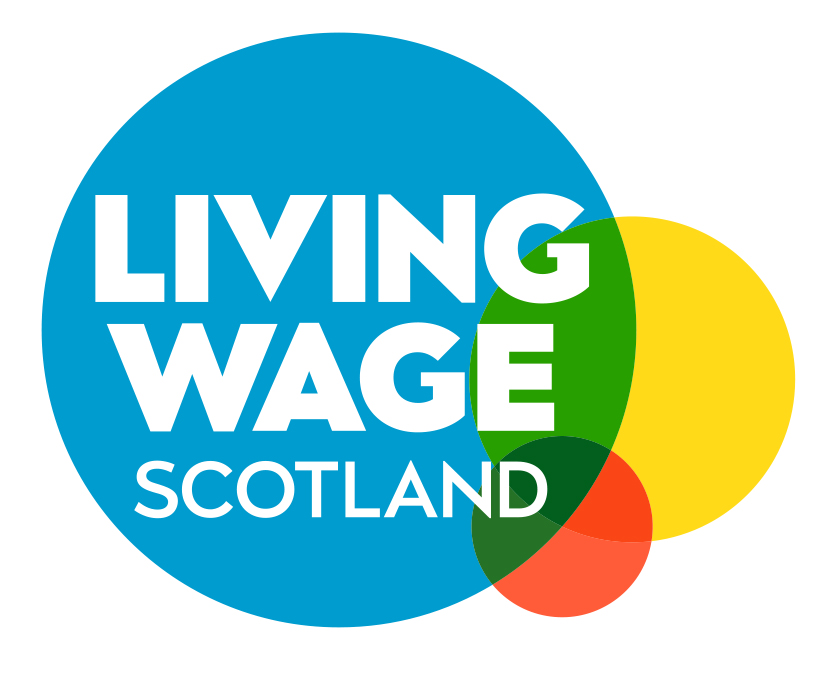As new statutory National Minimum Wage rates came into effect on the 1st of April, including changes to the government’s National Living Wage, it is a good time to reflect on the differences between the minimum legal rates in the UK and the voluntary real Living Wage.
At Living Wage Scotland, we speak with employers every day that want to ensure workers earn a wage that is enough to meet their everyday needs. It is often pointed out that for employers seeking to benchmark pay against a rate that reflects living costs, there appears to be more than one Living Wage out there. How did it come to this, and what is the real Living Wage?
In November 2020 the Low Pay Commission, a body that advises the UK government about the statutory minimum wage rates, announced the new rates set to be introduced on 1st April 2021 with the heading, “National Living Wage increase to protect workers’ living standards” Employers are legally required to pay the relevant rate to workers based on age group, but Living Wage Scotland encourage employers to go further, and pay the real Living Wage rate to all workers aged 18+.
The government’s National Living Wage is not based on living standards or calculated to meet the costs of living in the UK. It is not a real Living Wage.
Inspired by the UK-wide Living Wage campaign, the National Living Wage was introduced in 2016, as a new higher statutory minimum wage rate for workers aged 25 years and over. The rate was based on a target of reaching 60% of median earnings by 2020.
2021 saw the National Living Wage increase by 2.2 per cent from £8.72 to £8.91 and has now been extended to 23- and 24-year-olds for the first time. The new government set rate is now based on reaching two-thirds of median earnings by 2024.
Naming this additional statutory rate ‘the National Living Wage’ could be seen as a response to increasing public awareness and demand for wages to better reflect living costs. Although the introduction of this new higher minimum wage was welcomed, it does not go far enough and falls substantially short of the independently calculated real Living Wage of £9.50 per hour (£10.85 in London), which is based on the real cost of living.
The real Living Wage rates are calculated annually and updated each November. The calculation is overseen by the Living Wage Commission, an independent body drawn from leading Living Wage employers, trade unions, civil society, and academics. The methodology is based on the ‘Minimum Income Standard’, which is determined by what members of the public think is needed for an acceptable standard of living in the UK.
The gap between the statutory minimum and a rate of pay based on what workers and their families need to live remains substantial. A full-time worker over the age of 23 and earning the real Living Wage will receive £1,150 more over the coming year compared to a worker earning the minimum wage (NLW).
As we recover and rebuild from the impacts of the pandemic, we need to see a greater focus on lifting people onto a real Living Wage that covers the costs of living. We are encouraged by the conversations we are having with employers across Scotland that are seeking to go beyond the minimum and pay at least the real Living Wage. Over 1900 employers in Scotland have joined the growing Living Wage movement, who are helping ensure higher wages can loosen the grip of in-work poverty for workers in Scotland.

